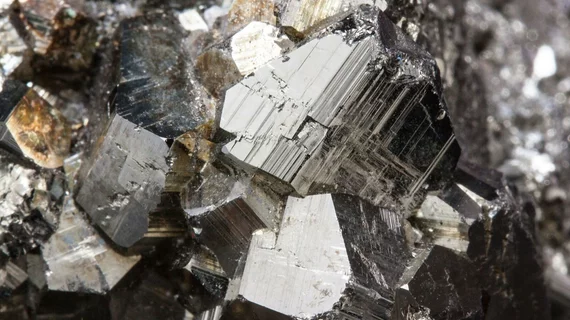Two of the U.S. Department of Energy’s 17 national laboratories have collaborated to invent a novel x-ray detector that powers itself, uses ultralow radiation—and delivers medical and dental images with 100 times more sensitivity than conventional designs.
Coordinating their work across the national labs at Los Alamos in New Mexico and on the University of Chicago’s Argonne campus, the team devised a prototype detector that uses a thin film of the oxide mineral perovskite in place of the commonly used silicon.
The former is rich in heavy elements like lead and iodine, allowing the experimental approach to absorb and thus detect x-rays that would penetrate silicon unabsorbed.
Lead investigator Hsinhan (Dave) Tsai, a PhD candidate at Los Alamos, says the perovskite-based detector has a fourth attribute to help make it a contender: It’s relatively cheap to make.
“Potentially, we could use inkjet types of systems to print large scale detectors,” Tsai says in a news release posted at Phys.org. “This would allow us to replace half-million-dollar silicon detector arrays with inexpensive, higher-resolution perovskite alternatives.”
Los Alamos Lab communications officer James Riordan adds that the highly sensitive perovskite films can be deposited on surfaces by spraying solutions that readily cure, leaving behind thin layers of the material.
As a result, the thin-layer detectors “will be much easier and cheaper to produce” than silicon-based detectors, which require high-temperature metal deposition under vacuum conditions, he notes.
Riordan further says the prototype is “on the brink of revolutionizing medical imaging.”
The Los Alamos lab has posted a 1-minute video on YouTube. The study, posted April 10 in Science Advances, is available in full for free.

